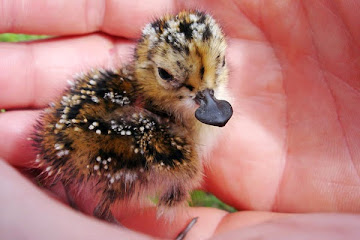If you already
have made the decision to adopt or buy a dog, here below you will find three
(3) lists with the breeds categorized by their levels of energy. However, keep
in mind that although the breed is important, is also important to interact
with those puppies you are interested in to check their behavior before taking
them home.
A dog’s energy
level is the single most important factor to consider when choosing a dog, says
celebrity dog trainer and YouTube star Zak George.
Here’s how to
evaluate a low-energy dog, a medium-energy dog, and a high-energy dog.
Figuring out a
dog’s energy level is the easiest way to categorize whether or not a dog is
right for you. Of course, there are other factors you might think about such as
size, puppy versus an adult, and a mixed breed versus a purebred. However,
energy is certainly the most important one.
So, how do you
choose a dog based on energy level? We’ll outline the different levels so you
can figure out where a dog fits. However, keep in mind that when first meeting
many dogs, their energy is likely to be very high due to the excitement of
greeting someone new. Make sure you ask the breeder or shelter worker what the
energy level of the prospective dog is like during his down time. Also, try to
visit the dog multiple times to get a more complete sense of what his
personality is like.
Low-Energy Dogs: Level One
Because these dogs lie around most of the time,
they make a great companion for a relatively inactive person. These couch
potatoes require a few short daily walks, and then they’re happy snuggling next
to you for the rest of the day. Low-energy dogs are not typically motivated to
learn very advanced tasks, nor are they likely to be impressive athletes.
However, they’ll likely make up for it in good behavior, and you won’t have to
put in as much effort to train them as you would need to for a higher-energy
dog.
How to spot a
low-energy dog: Untrained low-energy dogs may wag their tails
and come up to you, but they’re usually not the type to incessantly jump. Look
for the dog who interacts with people and other dogs but does not engage in
sustained, vigorous play. When considering a dog who seems to be low energy, first
make sure that you rule out sickness or a recent change in the dog’s
environment as the cause of his calmness. That way when you get home you won’t
be in for any surprises, like finding out that the dog is actually a little
Energizer bunny!
Low
energy dog breeds:
In terms of gentler, less active breeds, choose
from some of the following (mixed) breeds.
·
Basset
Hound
·
Bloodhound
·
Bolognese
·
Bulldog
·
Cavalier
King Charles Spaniel












